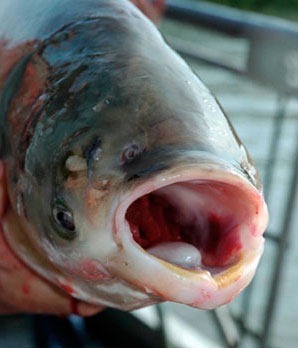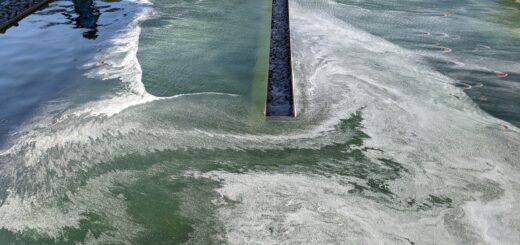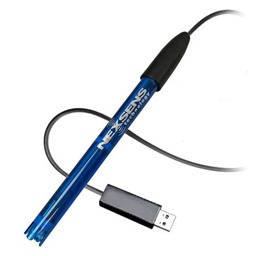Is Lake Tahoe’s algae growth getting worse?
0
Lake Tahoe
To the passerby, it might have appeared as if the algae population in Lake Tahoe was more severe than usual this summer. But researcher Scott Hackley is reminding people that appearances can be deceiving.
“I would caution those that rely on anecdotal or visual evidence,” said Hackley, staff research associate at the Tahoe Environmental Research Center and principal author of “Lake Tahoe Water Quality Investigations.”
He said he has heard several people remark about an increase in algal growth this year, but he noted that the apparent swell can be the result of a number of factors and doesn’t necessarily indicate a long-term trend.
“We have been compiling data since the 1980s,” Hackley said. “We are continuing to collect data, and we will look to identify trends or dramatic shifts over a sustained period of time.”
The alga causing concern is periphyton, a combination of algae, cyanobacteria, heterotrophic microbes, and detritus that attaches to rocks in the nearshore region. The alga covers the rocks with a green slime.
The periphyton’s growth is influenced by nutrient loading, lake surface level, the availability of photosynthetically active radiation, the length of springtime, and water temperature.
The apparent increase in algae this summer on shoreline rocks was largely due to this year’s late spring runoff, Hackley said. The algal growth usually coincides with runoff of nutrients such as phosphorus and nitrogen occurring in March and April. Colder temperatures, however, delayed this and allowed the algae to thrive in summer months when recreational use of the lake is highest.
Additionally, low water level aided the algal growth, as sunlight was able to reach algal communities that are typically deeper underwater. Hackley’s research has shown that increases in algae population coincide with periods of low lake elevation.
More data must be collected and analyzed before there can be any clear assertion regarding whether periphyton levels have actually increased in the lake’s near-shore region, Hackley said.
For the complete “Lake Tahoe Water Quality Investigations” report, visit: http://terc.ucdavis.edu/publications/2010_LakeTahoeWaterQualityInvestigations.pdf
Increase in summer algae may not indicate long-term trend [Tahoe Daily Tribune] Image Credit: icbg2083













